The Navajo Treaty of 1868 — sometimes called the Treaty of Fort Sumner or the Treaty of Bosque Redondo — brought a decisive end to the Navajo Wars, creating a sovereign nation for the Navajo peoples and returning those interned at Fort Sumner following the Long Walk of 1864. The treaty was signed on June 1, 1868, and ratified later that summer.
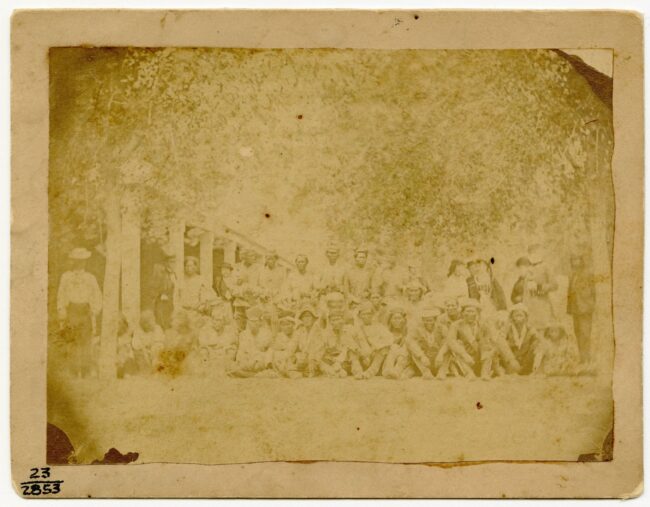
Outdoor portrait of Navajo Treaty signers at Fort Sumner, June 1868. General William Nicholson Grier Collection, National Museum of the American Indian Archive Center, Smithsonian Institution. Source: National Archives
In the article The Navajo Treaty Travels to the Navajo Nation, Jessie Kratz describes the Long Walk of 1864,
In the midst of the Civil War, the U.S. Army forced 10,000 Navajo and a smaller number of Apache to march over 300 miles (the “Long Walk” or Hweeldi) to the Bosque Redondo, a 40-square-mile reservation in western New Mexico. Many died en route, and others suffered thirst, starvation, exposure, and disease. Thousands more hid from government soldiers in Canyon de Chelly and elsewhere.
Eventually, the U.S. Government recognized the experiment was a complete failure. In late May 1868, U.S. Peace Commissioners Gen. William T. Sherman and Col. Samuel Tappan arrived to negotiate a treaty to resolve the destiny of the Navajo. Navajo chief Barboncito spoke on behalf of his people.
After three days of conversation and negotiation just outside the walls of Fort Sumner, Sherman offered a choice between moving to Oklahoma, where other tribes had been relocated, or returning home to Navajo ancestral lands. Not surprisingly, the Navajo chose to reverse their steps and soon began walking home.
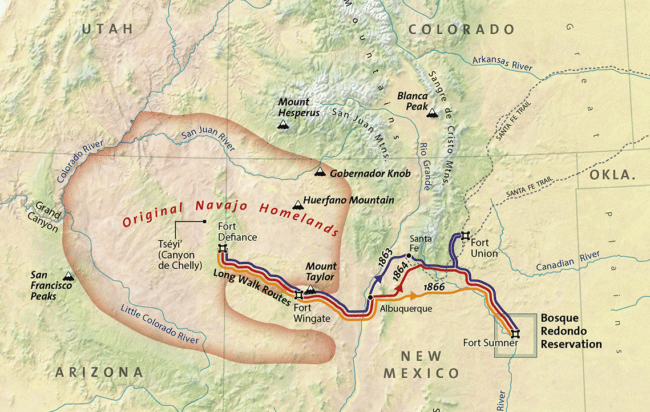
This map shows the Long Walk, Fort Sumner, and the original Navajo homelands. Map by Gene Thorp, Cartographic Concepts, Smithsonian Institution. Source: Native Knowledge 360°
According to the Smithsonian National Museum of the American Indian’s Native Knowledge 360°,
By signing the 1868 Treaty, the Navajo (Diné) Nation agreed to cease war against the United States, allow U.S. officials to live within their lands and oversee their obligations to the Navajo (Diné), and permit the construction of railroads through their lands. Yet the Navajo (Diné) people did not cede their inherent rights of sovereignty, and they successfully negotiated to return to their homelands in order to maintain their culture and language.
You can read the full Navajo Nation Treaty of 1868, via the Navajo Nation Courts.
Related Lesson
The Smithsonian National Museum of the American Indian’s Native Knowledge 360° offers a lesson for 6th, 7th, and 8th graders called The Navajo Treaty of 1868: Why Was the Navajo Journey Home So Remarkable? This lesson provides Native perspectives, images, documents, and other sources to help understand the nature of the Navajo Treaty of 1868 and why the Navajo were so resolved to return home.


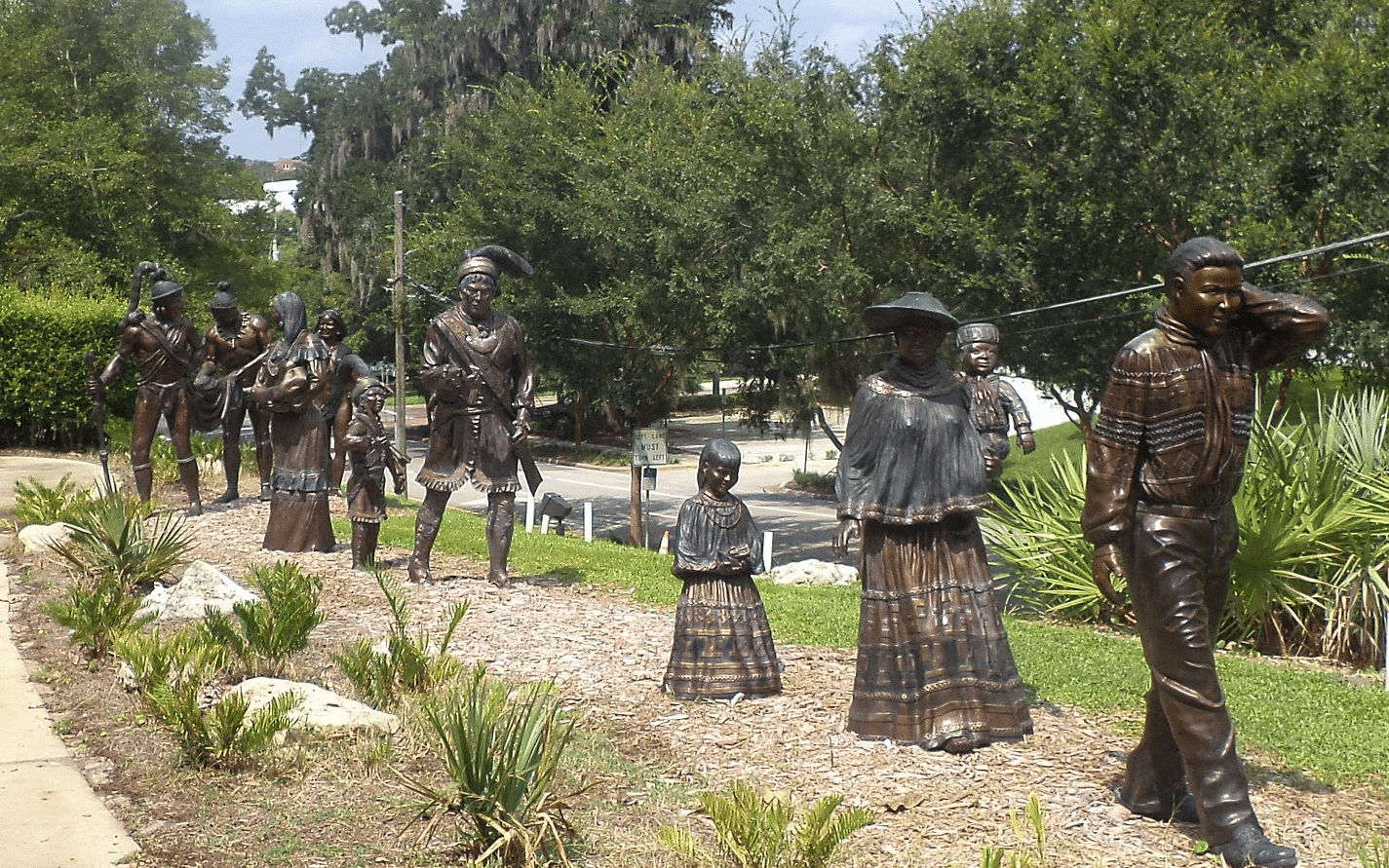


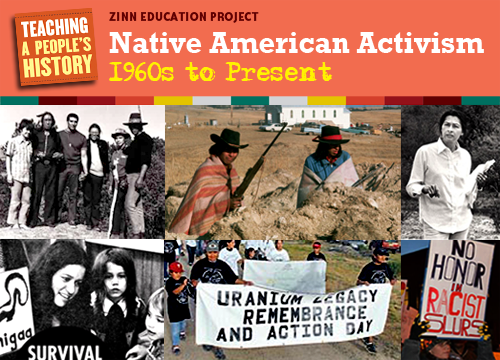
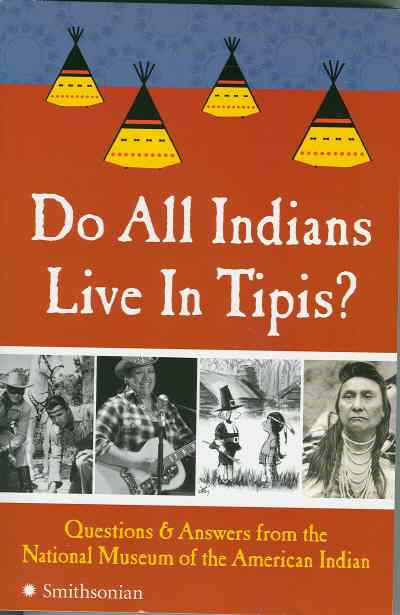

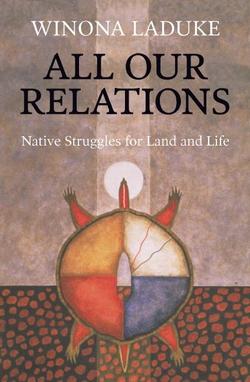
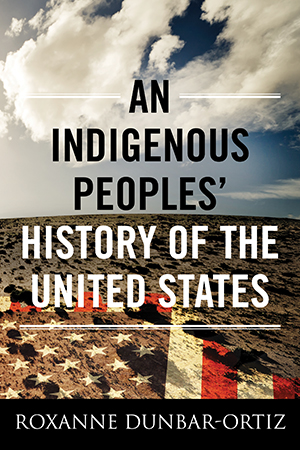
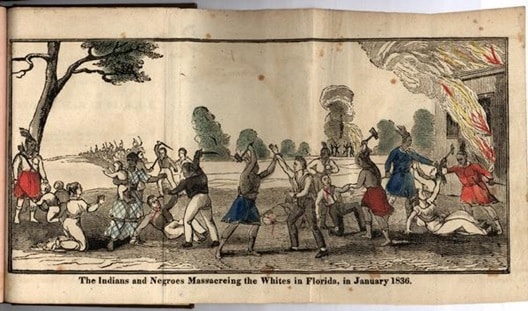
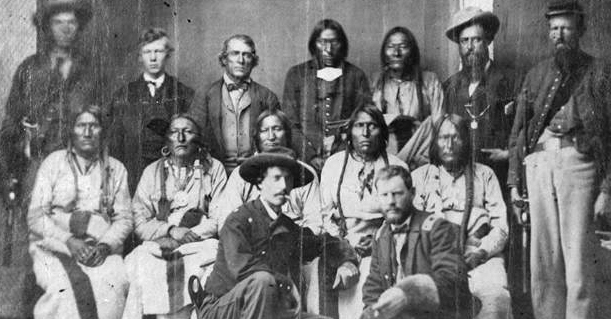

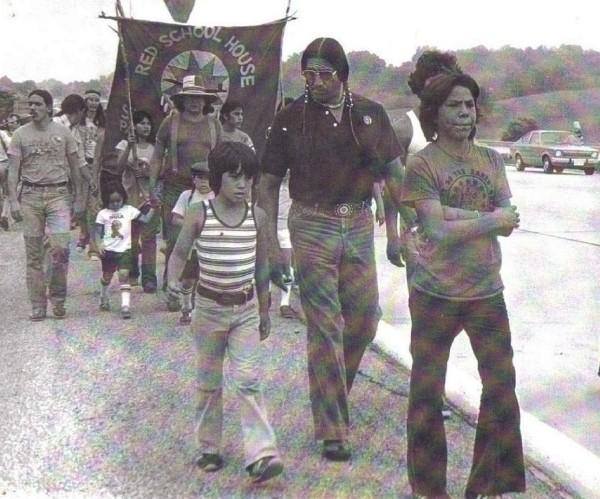
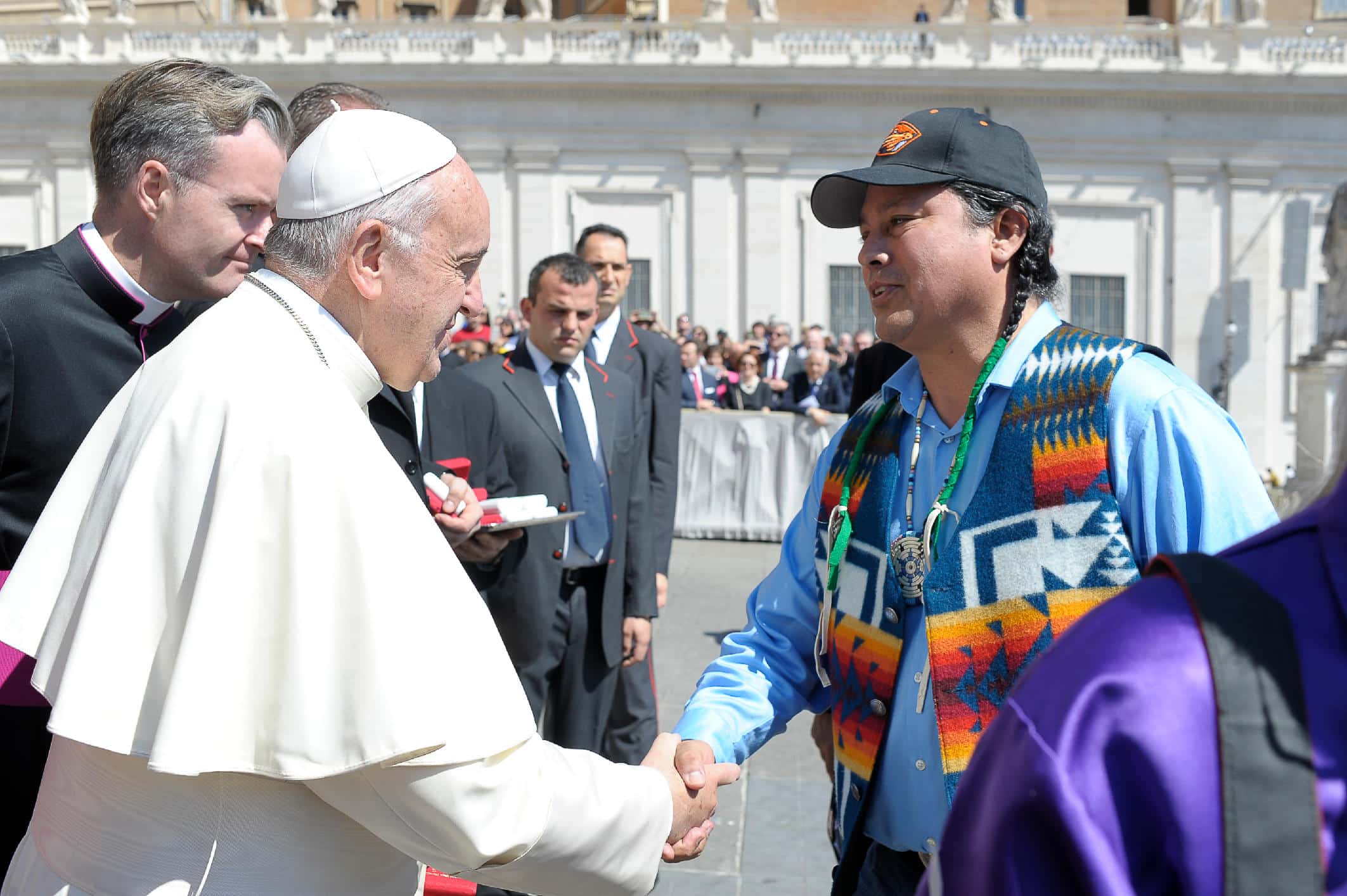





Twitter
Google plus
LinkedIn